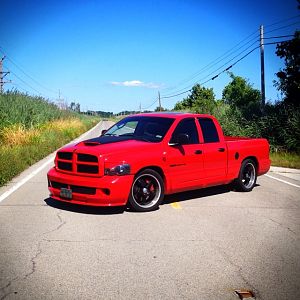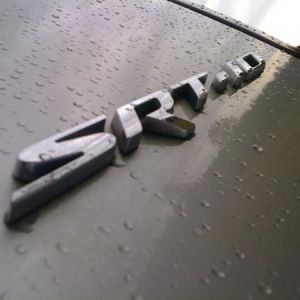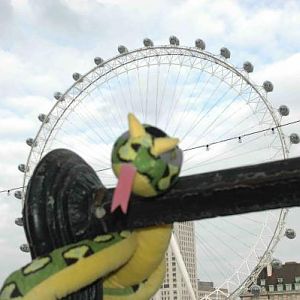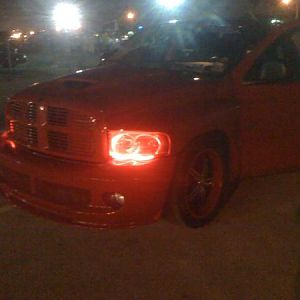Are those rear wheel drive numbers or front wheel drive numbers hahaha ..
Are the actual numbers of the engine stand alone dyno pretty accurate and based on the factory 505 HP spec ? Or are they under rated for insurance reasons like they did in the early days like the 426 hemi ?
The 426 Hemi was rated at 425 at 5000 rpm (some say even lower) which was just under their two-stroke like power band. I buzzed mine very regularly to 6500 and it was an animal after 5000. They were a 500 horsepower engine.
Keeping them tuned with their weak ignition systems of the day was a full time job. The spark plugs had no Quench support and didn't last very long (say 1500 miles). That caused their real-world performance to be all over the place.
They had great Volumetric efficiency but poor Combustion efficiency (they responded very well to ignition advance like many Mopar engines).
Many regurgitated articles spewed by people these days will tell you the 426 Hemi is combustion efficient and it is NOT.
The Mopar Electronic Ignition conversion helped the 426 Hemis' immensely.
You can be confident that the power numbers for our 8.3L engines are accurate, coming from the engine dynos at Chrysler.
As there are no driveline losses, engine dynos will read higher than chassis dynos where tires are involved.
Some chassis-dynos (like Mustangs) for example, use an eddy current (a loading dyno) and produce numbers lower than a Dynojet dyno does, all else being equal.
The small box style dynos that read right off the axle are typically giving the highest power numbers these days.
Dynos use a correction factor (typically J1349) which allows for example, a Dynojet at sea-level on a cool day, to produce the same numbers as a Dynojet in Denver CO, on a hot and humid day.
To add general mayhem, ANY dyno can produce false numbers (the human factor). "Tell" the dyno it is testing at 7000 feet and it's 100% humidity and 125F and what kind of power numbers do you think it will show?
It's important to read the charts. The famous QC flash doesn't really produce any more PEAK horsepower but it produces considerably more TQ "under the curve" (on the way up to the PEAK number). The net result is still a CONSIDERABLE improvement in performance.
Dynos are a tuning tool but are often used and abused for other purposes.





